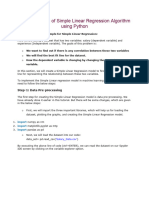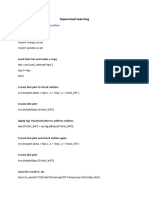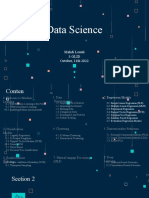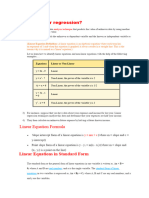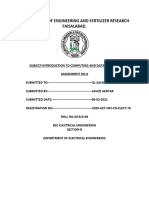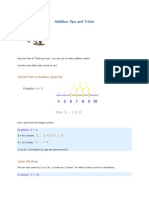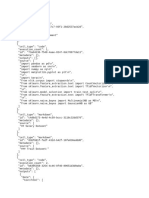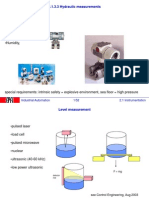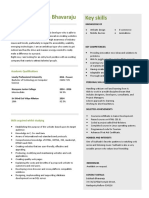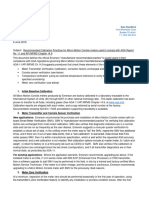0% found this document useful (0 votes)
13 views11 pagesLinear Regression
The document outlines the process of performing linear regression using a dataset containing years of experience and corresponding salaries. It details steps such as data collection, preprocessing, model building, testing, and evaluation, including the use of libraries like pandas and scikit-learn. The model achieves a high accuracy score of approximately 0.986, and predictions can be made for new inputs.
Uploaded by
Harshitha KvCopyright
© © All Rights Reserved
We take content rights seriously. If you suspect this is your content, claim it here.
Available Formats
Download as PDF, TXT or read online on Scribd
0% found this document useful (0 votes)
13 views11 pagesLinear Regression
The document outlines the process of performing linear regression using a dataset containing years of experience and corresponding salaries. It details steps such as data collection, preprocessing, model building, testing, and evaluation, including the use of libraries like pandas and scikit-learn. The model achieves a high accuracy score of approximately 0.986, and predictions can be made for new inputs.
Uploaded by
Harshitha KvCopyright
© © All Rights Reserved
We take content rights seriously. If you suspect this is your content, claim it here.
Available Formats
Download as PDF, TXT or read online on Scribd
/ 11






